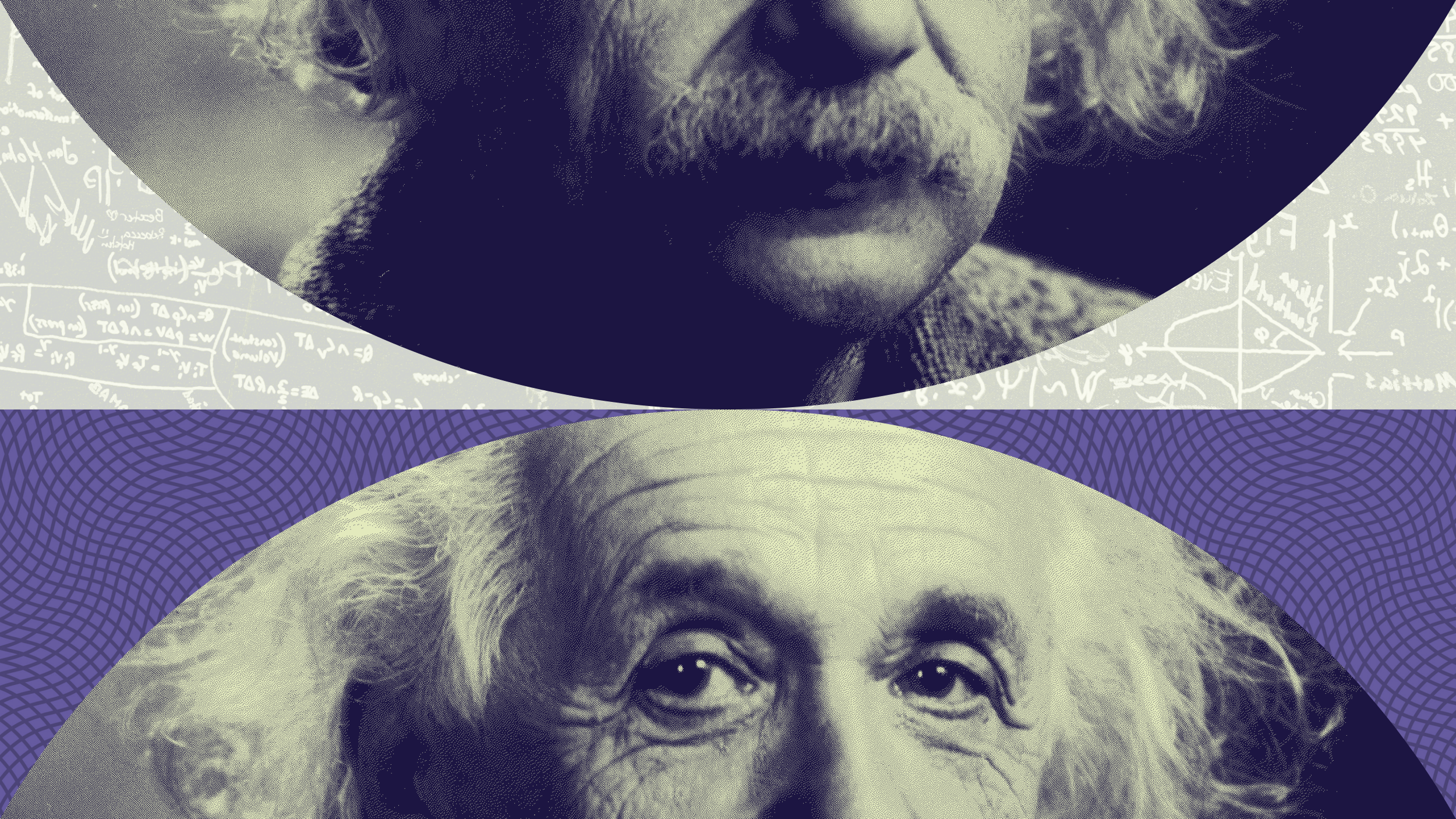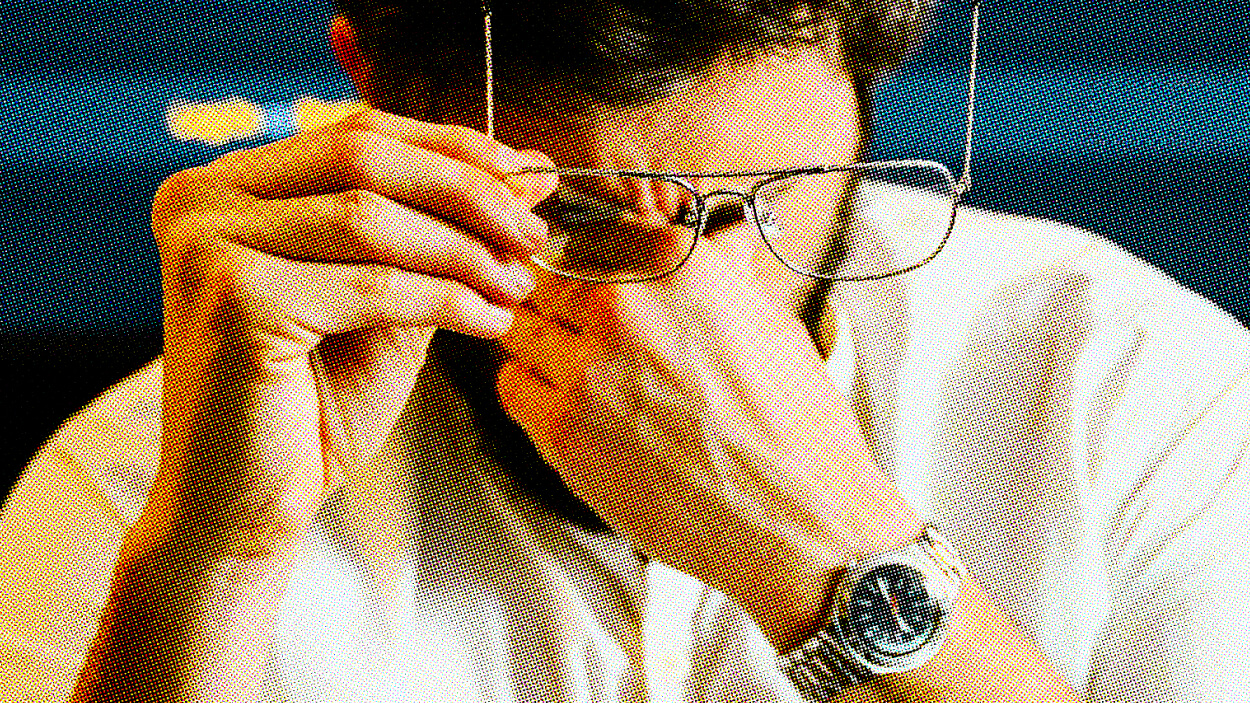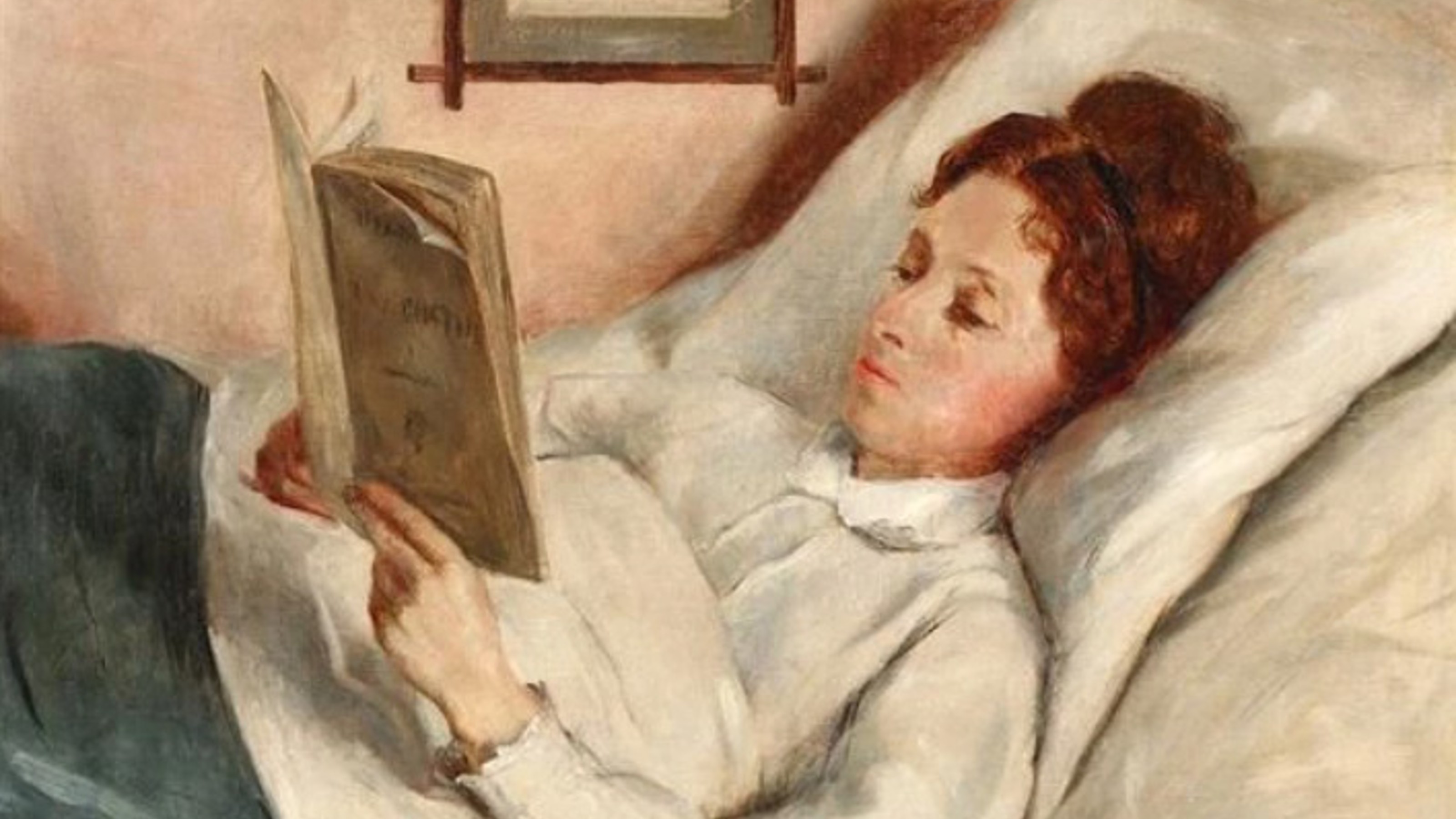Some photography sessions are so long, they induce “battle fatigue.” But just when artist and subject are about to quit, “the picture comes.”
Question: How do you interact with your rnsubjects so as torncapture their true selves?
rnrnCarol Friedman:You rncan’t play jazz without masteringrnimprovisation and if I make the metaphor that a photo session is like rnjazzrnthat’s, you know, because there is interaction between the players and rnyou’rerntrying to get to the emotional core of things and it is paying attentionrn torneach other and capturing something. rnYou’re after something together.
rnrnQuestion: Do the best pictures emerge rnonly after you find arn“rhythm” with your subjects?
rnrnCarol Friedman: Sessions can last... you rnknow, even though it’srnnot a session, I mean, I have a photograph of Francis Ford Coppola that Irnparticularly love. It was just onernframe shot in an ocean with a play camera, but it’s waiting for that rnrightrnmoment and that right exchange. rnThere are photo sessions that last 11 hours and the person feels rnlikernthey’ve done battle and you know, and at the end, end, end of their rnworstrnbattle fatigue, “Let’s do one more roll,” and the picture comes there, rnsornsometimes… And it has to do also with the person’s… the person’s rnself-knowledgernand confidence. There are certainrnpeople that you don’t have to even work at extracting their inner life. It is just there and they’re happy tornshare it with you. Bobby Short,rnyou know, I think the third frame that I took, bing, bing, bing, that’srnBobby. He had nothing to hide,rnloves who he is, knows who he is, and other people, it’s a little bit ofrndigging sometimes.
Recorded on April 21, 2010
Interviewed by Austin Allen





